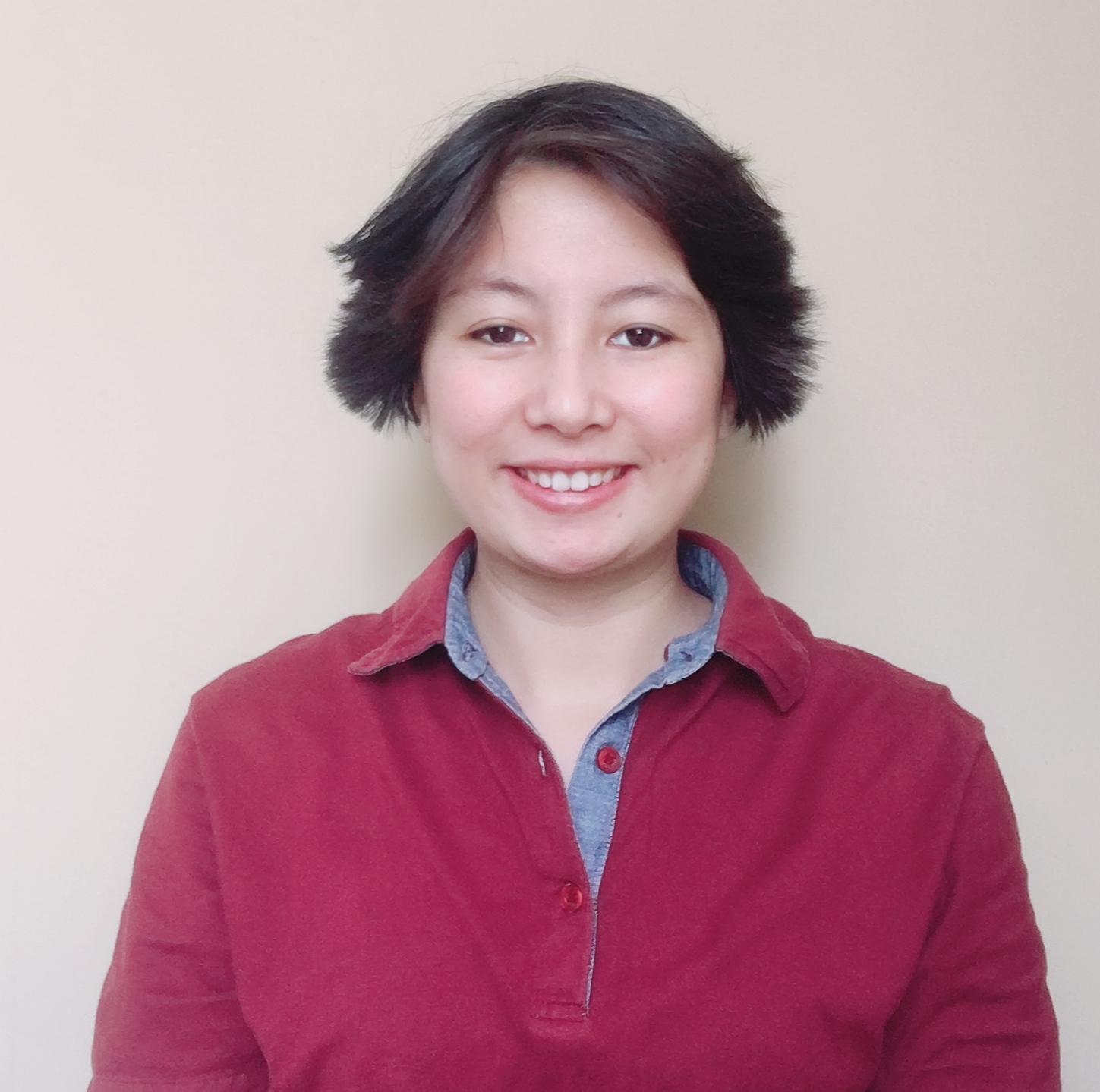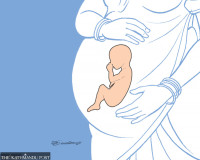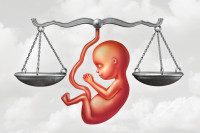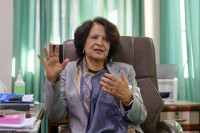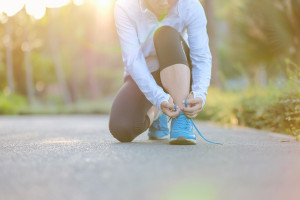Health
Loud snoring could be saying more than you think
People often ignore their daytime drowsiness, but doctors say it could be a sign of a severe disorder: sleep apnoea.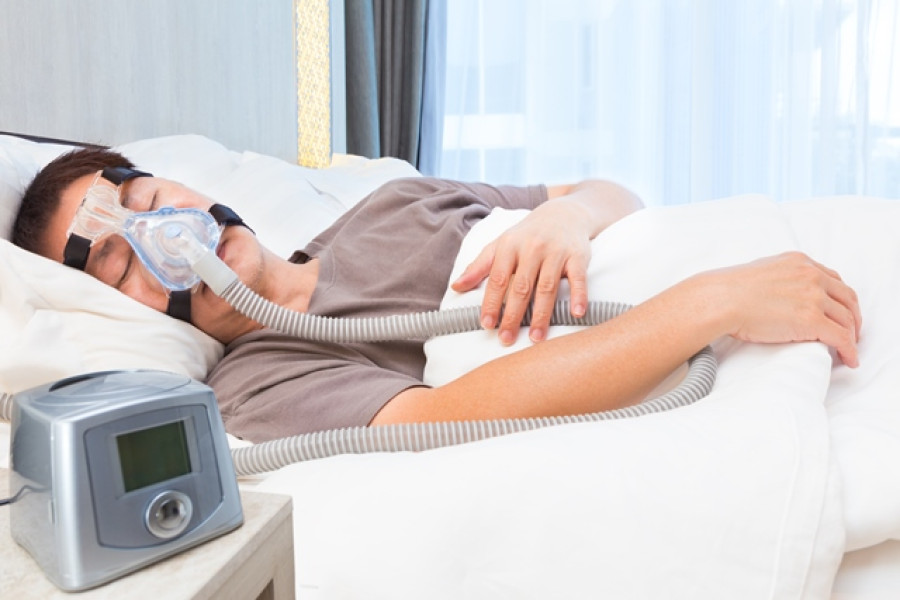
Srizu Bajracharya
Last September, 40-year-old Ram Krishna Lama was hospitalised in Banepa for a tonsil infection. After a few examinations, doctors informed his family members that Lama had pneumonia and a thyroid condition. Lama at the time weighed 113.5 kg and had high cholesterol of 320 mg/dL.
He was then admitted to a city hospital, where the cardiologist suggested him to undertake polysomnography, a sleep study to diagnose sleep disorders. The doctor, given Lama’s tiredness, blood pressure, Body Mass Index, snoring and weight, suggested that he might have sleep apnoea.
The medical condition is a serious sleep disorder that obstructs the breathing of a person during sleep multiple times, fragmenting their sleep. People suffering from the disorder are prone to feel drowsy throughout the day and also complain about morning headaches, forgetfulness, lack of energy, and having a sore throat. While their sleep partners often observe that people with such disorders have snores that are louder and in between their sleep, they regularly stop breathing for a minimum of 10 seconds.
“Looking back, when the doctor said I had sleep apnoea, my symptoms all made sense. Often during the day, even when I sat among my friends for a good time, I used to doze off multiple times, and I used to sweat a lot,” says Lama. His wife also used to tell him how his snores were getting louder and that sometimes during his sleep, his breathing was shallow. Lama, who owns a grocery shop in Banepa, on most afternoons used to doze off and feel lethargic. But he had no idea that he was suffering from obstructive sleep apnoea until he visited the hospital for his tonsillitis.
Doctors say most people who have loud snores and feel daytime sleepiness easily ignore their body’s signs. “People assume that their sleepiness is a result of tiredness, but it’s better to seek medical consultation if you snore a lot. It is always good to keep sleep in check. For if a human body doesn’t receive a good amount of sleep it will result in poor health condition,” says Doctor Milesh Jung Sijapati, head of the department of internal medicine at KIST Medical College & Teaching Hospital. Sijapati also consults for sleep care at SWACON International Hospital, Battisputali.
Undiagnosed patients of sleep apnoea also confuse that excess of sleep equals to getting enough sleep. But according to somnologists, there are different phases of sleep, and that patients of sleep apnoea never get to deep sleep, which is the most restorative sleep stage. And as a result, they suffer from daytime sleepiness.
But there are two types of sleep apnoea: obstructive and central. “Obstructive sleep apnoea is caused by a blockage in the windpipe and is also a risk to patients who have chronic tonsillitis with tonsillar hypertrophy. Of the two, central sleep apnoea is acute, as it is caused when the brain fails to control the respiratory signals,” says Sijapati.
However, the more common one is obstructive sleep apnoea, and according to doctors, the medical condition is three times higher to be dormant in males than
females, who are obese, above the age of 40 and have uncontrolled hypertension and diabetes. The medical condition is also serious because patients with untreated sleep apnoea can face sudden death that results from a silent heart attack and stroke.
To test if a patient has a risk of obstructive sleep apnoea, doctors usually take a STOP-BANG test with the patients. The STOP-BANG stands for snoring, tiredness, observed apnoea, pressure, body mass index, age, neck circumference (which shouldn’t be more than 42cm) and gender. And if the result allude risks of sleep apnoea, doctors suggest patients take polysomnography assessment. Sleep apnoea sufferer Gyanu Malla, 76, since taking the polysomnography that diagnosed her with sleep apnoea, has also been using a CPAP (continuous positive airway pressure) device that doctors suggested for her treatment.
The device uses a hose and a nose mask that patients cover their face with to deliver themselves a constant steady air pressure when sleeping. The device helps to improve the patient’s daytime alertness, concentration, snoring while also preventing the risk of congestive heart failure, coronary artery disease and stroke.
“I have been using CPAP for many years now, and I think the treatment has been beneficial, as I don’t feel drowsy and I get a good sleep. And I have been recommending the same to others as well,” says Malla, who is 5ft tall and weighed 64kg when diagnosed with obstructive sleep apnoea. According to the Body Mass Index, Malla was overweight for her height and to add to it, she also had blood pressure and high cholesterol.
Even Lama has been using a CPAP recommended by his doctor and claims that he feels more energetic. Since his diagnosis in September, he has also lost 31 kgs and has been following a strict diet. “I only eat boiled food these days, and intake rice only once a week. Other times I do with makkai ko dhido and aata-ko roti,” he says.
There are also other treatments for sleep apnoea, such as the use of dental appliances to have good patency of airways or surgery to remove tissue in the airway blockage. “There’s also treatment using stimulators, but the most effective according to studies is CPAP,” says Sijapati.
According to Sijapati, changes to lifestyle is also an effective way to mitigate the risk of sleep apnoea, like keeping your weight, cholesterol, hypertension in check. “If their sleep study continues to show severity, then they might have to keep using the CPAP lifelong,” says Sijapati. But, if patients maintain a healthy lifestyle, and their apnoea index improves as a result, then they will not have to rely on a CPAP machine for long, she adds.
Lama, who is maintaining his weight and using a CPAP device, believes his life has changed. When asked if he feels invalid following strict rules, he says, “At first changing my lifestyle felt discomforting. Today I feel more healthy and energetic. I don’t feel tired and restless anymore.”




 5.05°C Kathmandu
5.05°C Kathmandu